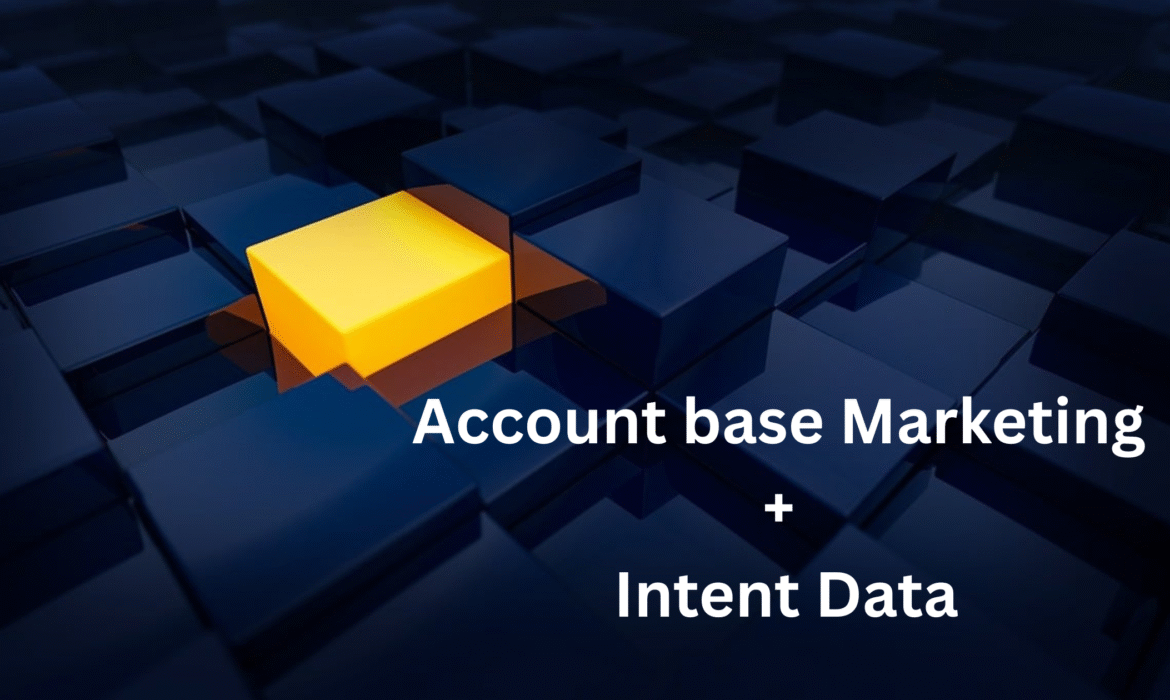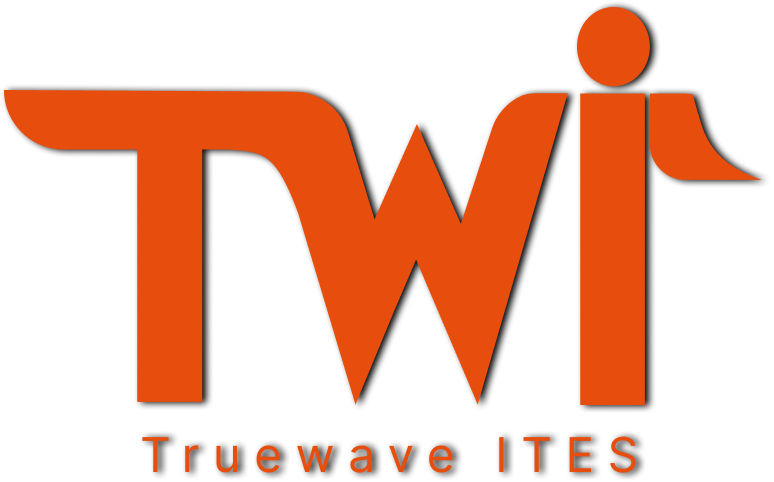
Why Intent-Driven Account-Based Marketing Is the Future of B2B Marketing
In today’s competitive B2B landscape, Account-Based Marketing (ABM) is more than a buzzword—it’s a strategic necessity. Unlike broad demand generation tactics, Account Based Marketing zeroes in on high-value accounts with tailored and personalized campaigns that speak directly to each business’s unique challenges. But there’s a catch: even the most refined account base marketing strategy can fall flat without accurate, timely data to guide it.
Enter intent data.
Intent data offers a window into the online behavior of potential buyers and from the keywords they search to the content they consume, So this data reveals real-time interest signals that marketers can use to identify prospects in active buying cycles. So when used correctly, it’s a powerful engine for ABM—enabling teams to reach the right people, at the right time and with the right message.
But unfortunately, many B2B companies struggle to make intent data actionable. Because whether it’s poor data quality or a misalignment between what the data indicates and how teams respond, the result is the same: wasted spend, missed opportunities, and frustration across marketing and sales.
But this article explores how to effectively combine Account-Based Marketing with intent data, troubleshoot common pitfalls, and build a high-performing ABM engine fueled by real buyer intent.
What Is Account-Based Marketing and Why It Works
Account-Based Marketing focuses on treating individual companies and not just personas—as markets of one. It’s especially effective for B2B companies with long sales cycles, complex buying committees, and high deal values.
But instead of casting a wide net, ABM aligns marketing and sales around a list of target accounts and crafts personalized campaigns tailored to each one. The benefits are clear:
- Higher conversion rates
- Stronger marketing-sales alignment
- Better customer experience
- Shortened sales cycles
Because ABM isn’t magic. It requires the right data, tools, and timing to deliver those results consistently—and that’s where intent data comes in.
Understanding Intent Data: What It Is and How It Works
Intent data captures signals and indicate a company or individual is actively researching solutions related to your product or service. But These signals can come from:
- First-party sources (your own website, email engagement, webinar attendance)
- Third-party sources (publisher networks, review sites, data providers)
Examples of intent signals include:
- Increased website visits from a company domain
- Repeated searches for relevant keywords
- Content downloads or frequent engagement with topics in your niche
The value lies in detecting buyer interest before they fill out a form or request a demo—because that’s what giving you a head start to engage with personalized outreach.
The Common Pitfall: Poor-Quality or Misaligned Intent Data
Many B2B marketers enthusiastically invest in intent data only to discover it doesn’t live up to the hype. Why?
Here are some common problems:
- Irrelevant signals: The data may show interest in a general topic but not in your specific solution.
- Outdated or noisy data: Without recency filters, old signals can mislead your outreach timing.
- Missing decision-makers: Data may highlight activity from a company, but not the individuals with purchasing power.
- Lack of integration: Intent data not synced with CRM or ABM platforms creates disconnects and manual workflows.
So as a result? Teams waste time chasing dead-end leads and miss key decision-makers who are actively exploring solutions.
How to Align Intent Data with Your Account-Based Marketing Strategy
To avoid those pitfalls and make the most of your investment, follow these best practices:
1. Define Clear Intent Topics and Criteria
Start by identifying the keywords, topics, and content categories that truly reflect buying intent for your solution—not just broad industry themes. But collaborate with sales and customer success to understand what signals historically correlate with closed deals.
2. Segment and Prioritize Accounts
Use intent data to create dynamic account tiers:
- Tier 1: High-fit accounts showing strong intent signals
- Tier 2: High-fit accounts with light or emerging interest
- Tier 3: Strategic accounts to monitor over time
So that his allows you to scale personalization efforts based on account readiness.
3. Map Intent Signals to Buying Stages
Not all intent signals are created equal. Group them into buying stages—early awareness, mid-funnel research and late-stage evaluation—So your outreach matches the prospect’s journey.
For example:
- Early stage: Educational content, thought leadership
- Mid-stage: Product comparisons, ROI calculators
- Late stage: Case studies, demos, pricing info
4. Use a Multi-Channel Approach
Intent data shouldn’t be confined to just one team or channel. Activate it across:
- Personalized email sequences
- Targeted LinkedIn ads
- Website personalization
- SDR outreach with relevant talking points
5. Integrate with Sales and Marketing Tools
Make sure your intent data feeds directly into your CRM, ABM platform, or marketing automation tools. Tools like Demandbase, 6sense, or Bombora integrate with Salesforce, HubSpot, and others to keep teams aligned and informed.
Real-World Example: Turning Data into Revenue
Let’s say your ABM team targets mid-sized SaaS companies with $10M–$50M revenue. So you notice a cluster of accounts from this segment showing spikes in content consumption around “customer retention platforms” and “churn management strategies.”
Using this insight, you:
- Prioritize these accounts in your outreach
- Launch LinkedIn ads highlighting case studies from similar-sized SaaS firms
- Equip sales with talking points around churn pain points
- Trigger SDR outreach with links to specific blog posts and guides
Within weeks, you see a lift in demo requests and a faster deal cycle—proof that when intent data is aligned with ABM execution, results follow.
Measuring Success: Metrics That Matter
To track performance and go beyond vanity metrics. Focus on:
- Engaged account rate: % of target accounts showing meaningful activity
- Pipeline influenced: Value of opportunities tied to accounts with strong intent signals
- Conversion rate by intent tier: Do high-intent accounts convert faster or at higher rates?
- Sales velocity: Are you shortening time-to-close with data-driven targeting?
Over time, these metrics help refine your targeting and justify your ABM investment.
Conclusion: The Power of Intent-Driven ABM
Combining Account-Based Marketing with high-quality intent data allows B2B teams to move from guesswork to precision.Because instead of hoping your content reaches the right eyes, you’re identifying in-market accounts and engaging them with relevant, personalized strategies that drive results.
But success doesn’t come from data alone—it comes from knowing how to interpret and act on it. But by aligning your marketing and sales efforts around real buyer signals, you gain a competitive edge and build more meaningful relationships with the right accounts. So
Want to explore more strategies for scaling ABM with intent data? Browse our latest guides and expert tips to take your marketing to the next level.


